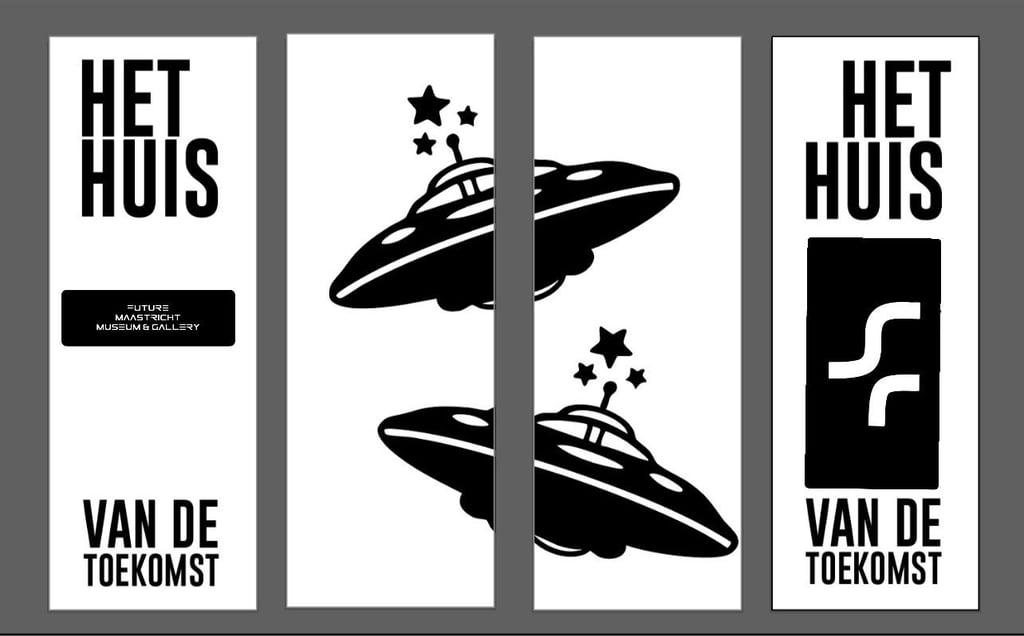House of the Future: Art, Technology, and the Poetics of Innovation
Here technology speaks in light, art, and imagination, inviting a new generation to co-create what’s next.
TODAY'S HEADLINER
Charlotte Madeleine CASTELLI
10/12/20253 min read


In Heerlen, nestled within the post-industrial expanse of Parkstad, the House of the Future has opened its doors—not as a sterile exhibition of machines and artificial intelligence, but as a living, breathing ecosystem where technology becomes language, art, and collective imagination, where every gesture, every motion, and every algorithm resonates with human curiosity and poetic possibility.
This new chapter unfolds as a natural continuation of the mission of Future Maastricht, the European platform devoted to cultivating dialogues at the intersection of art, science, and technological innovation, where ideas are not simply displayed but allowed to inhabit space, time, and consciousness. On the day of the inauguration, the humanoid robot Elvis and his mechanical companion moved with a grace that seemed almost alive, offering more than spectacle; they offered a mirror in which we might see how younger generations are called to reclaim the future not as passive consumers of technology, but as deliberate architects of possibility. As Lars Pacbier, the visionary initiator of the project, and Bas Moonen, Chief Technology Officer at Dongguan, reminded us, the next industrial revolution will not be forged in metal and steam, but in culture and thought; it will belong to those who can merge critical reflection, digital intelligence, and artistic sensitivity into acts of creation that are at once rigorous and dreamlike. In this unfolding dialogue, Future Maastricht asserts itself as a luminous interlocutor, exploring the terrain where robotics, augmented reality, immersive systems, and algorithmic design intersect with the language of art, transforming circuits and code into memory, emotion, and beauty. Its curatorial vision is not simply innovation for its own sake; it is what we might call poetic intelligence, a deliberate alchemy in which light, motion, and data become instruments of wonder, reflection, and connection.
The collaboration with the Huis van de Toekomst in Heerlen exemplifies this philosophy: Europe’s industrial past is reimagined as fertile soil for cultural ecosystems yet to emerge, spaces in which technology is no longer an alienating force but a medium of education, dialogue, and sensorial immersion. At the heart of this project lies The Heritage, an exclusive initiative of Future Maastricht that gathers a selection of artworks from the museum’s private collection under the title The Light of the Ages, each piece a luminous meditation on continuity, memory, and the inexorable dialogue between past and future. Some of these works, immersive paintings that seem to breathe, digital sculptures that pulse with unseen currents, luminous installations that map history in light, were recently presented at Art Digital Dubai 2025, captivating international audiences with their rare synthesis of historical depth and algorithmic precision. The Heritage is not a mere exhibition; it is a philosophical gesture, a reflection on how light, material and metaphysical, threads together epochs, ideas, and forms of knowledge, inviting the viewer into a space of reverie, contemplation, and resonance.
The House of the Future, in this sense, is more than a showcase of technological achievement; it is a laboratory of collective imagination, a shared arena where young creators, engineers, and visionaries come together to rethink the meaning of innovation, to question its purpose, and to shape its possibilities. From robotic companions that emulate empathy to AI-generated artworks that challenge perception, from hybrid design forms to interactive, responsive environments, every element converges toward one central insight: the future is not constructed in isolation, it is co-authored through collaboration, dialogue, and imagination. As Lars Pacbier reminds us, “After fifty years, we should not only look back on our mistakes—we must look forward,” and it is precisely this forward-looking gaze that defines the ethos of Future Maastricht. Through initiatives like The Heritage, we are reminded that true revolution is not merely technological, but philosophical and poetic; it lies in reconnecting what once seemed disparate—technology and soul, creation and consciousness, light and thought—so that, once again, light itself may become the universal language of the ages, guiding us across time, memory, and possibility, and illuminating the paths yet to be imagined.
© Charlotte Madeleine Castelli | All rights reserved
